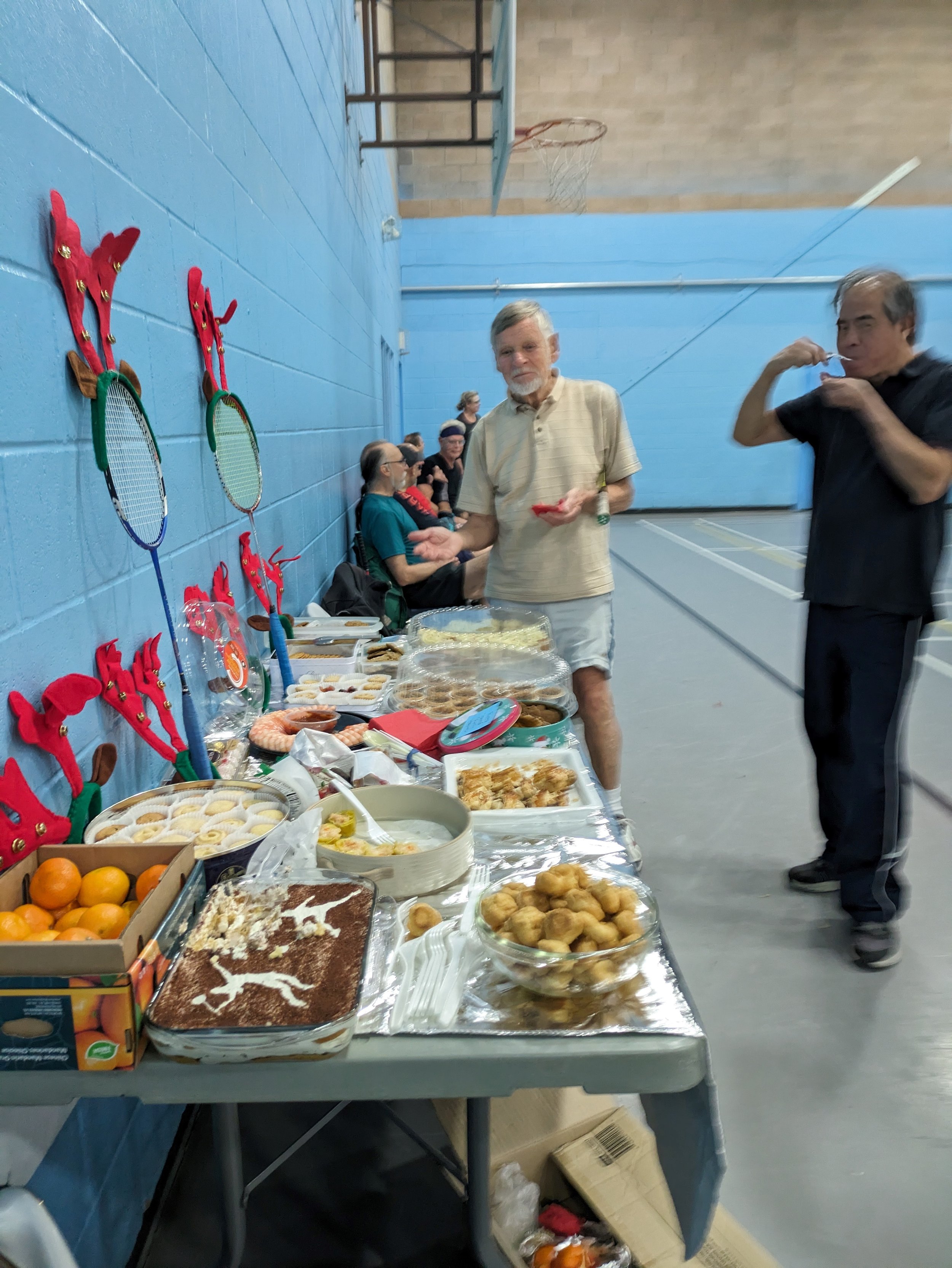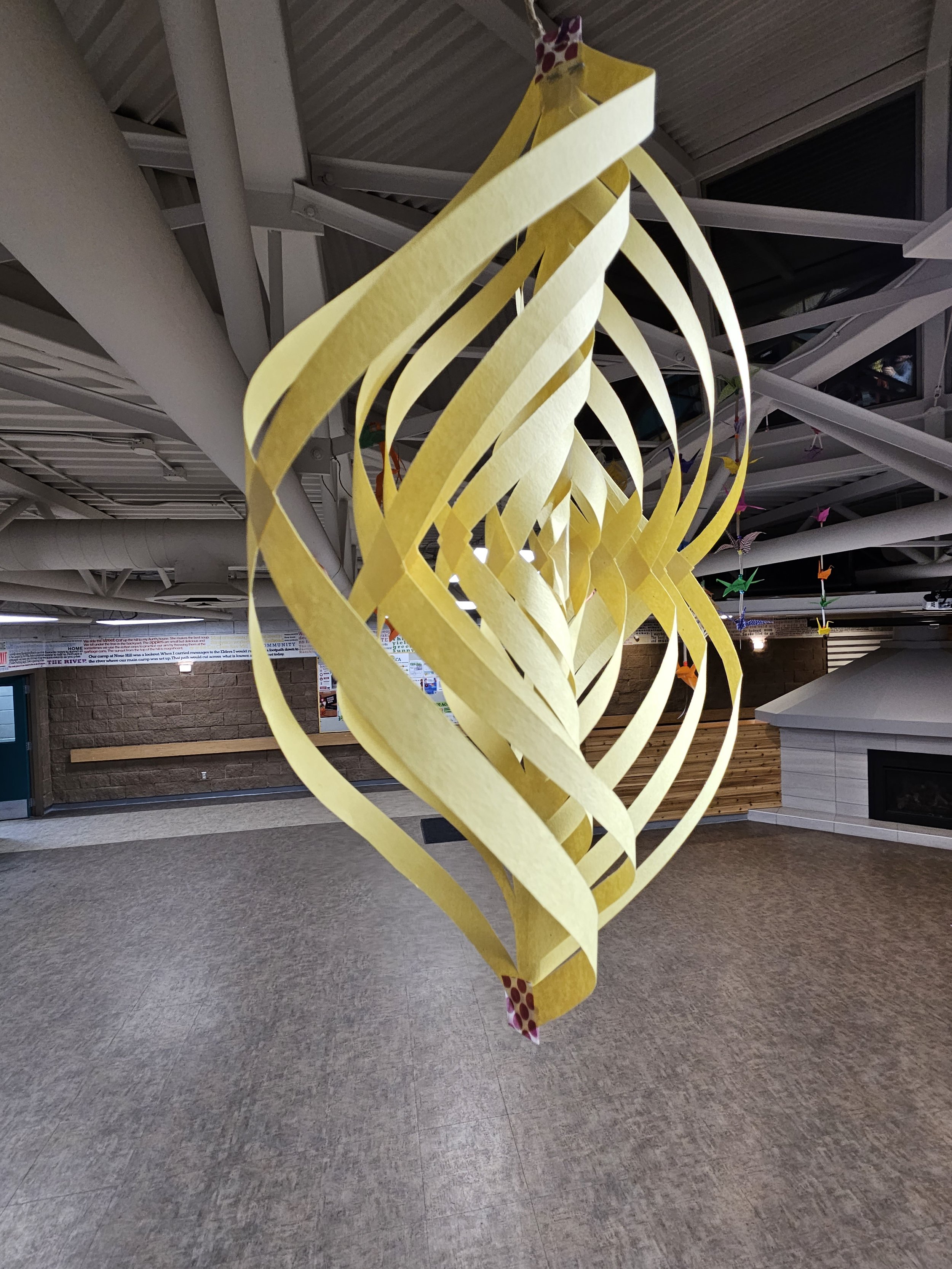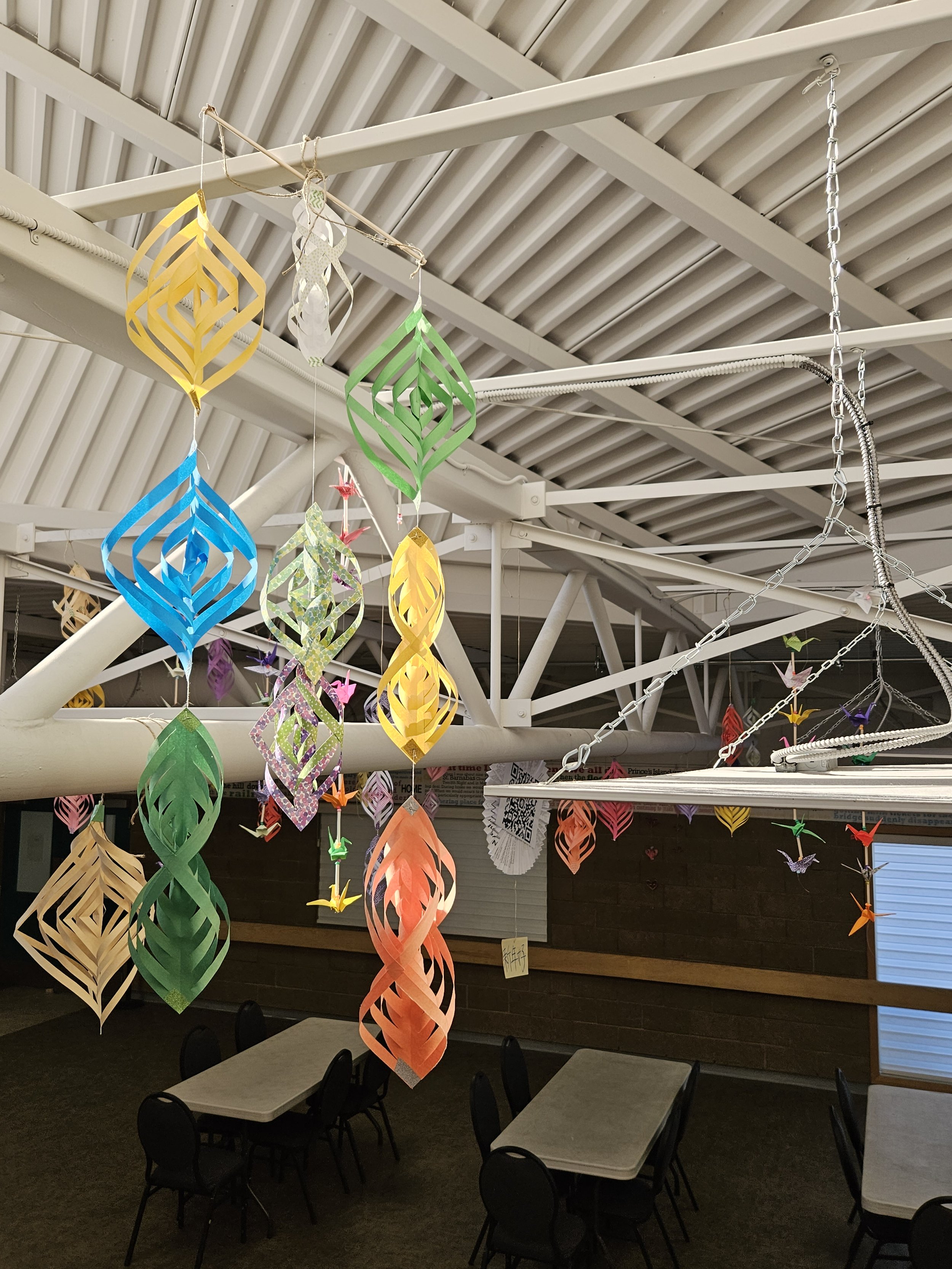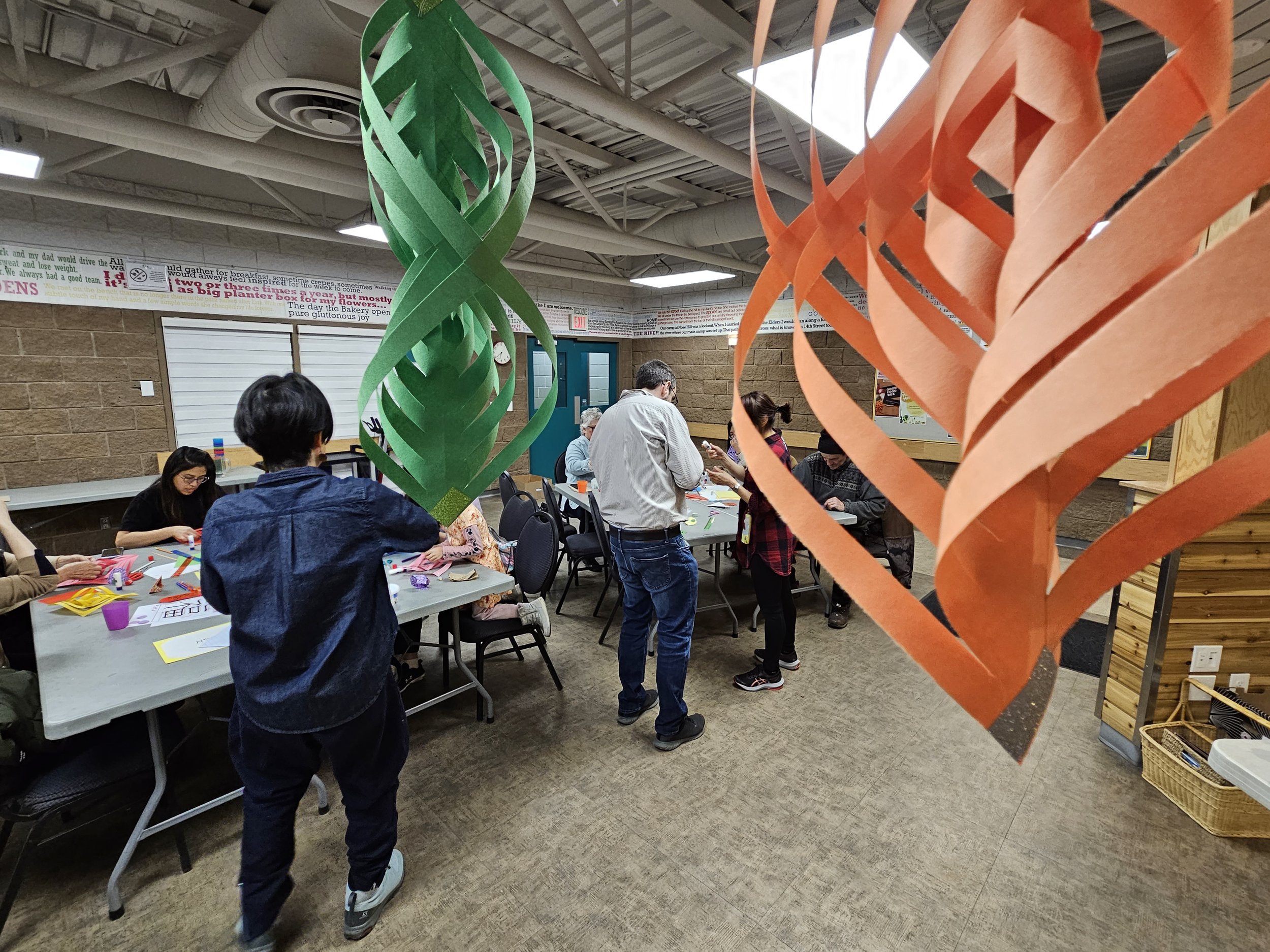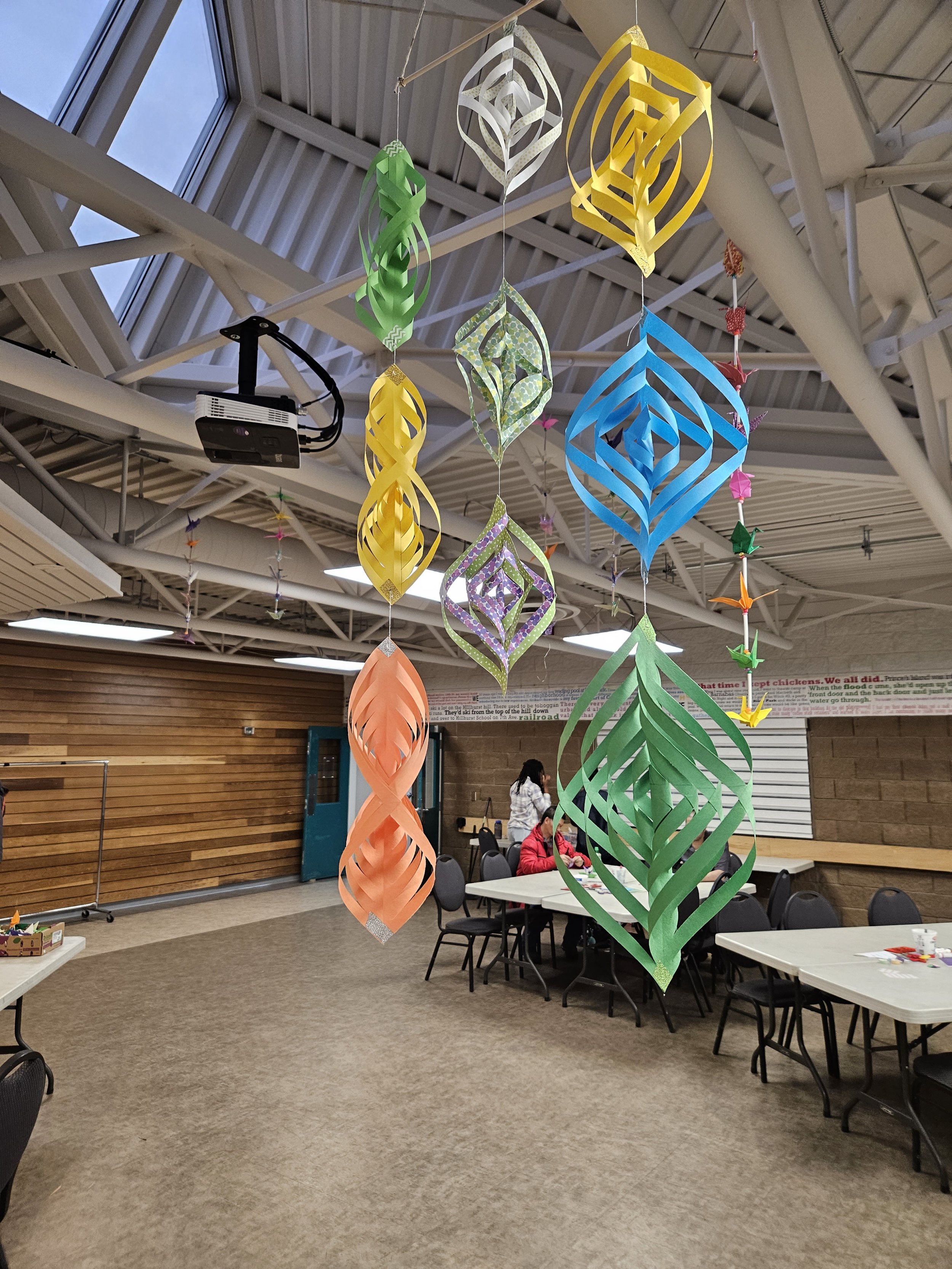By Tim Schaefer, Sunnyside Resident
Thank you everyone who took the time to complete the HSCA Mobility survey on ideas to mitigate cut-through traffic during the Sunnyside flood barrier construction. The City will have Memorial Drive reduced to 1 lane in either direction for up to 2 years. With traffic volume above pre-Covid levels, the lane reduction will inevitably result in cut-through traffic in Sunnyside.
In total there were 95 responses, which provides a 95% confidence level with a +/- 10% margin of error. In non-statistical terms, the results provide a good indication how the community feels about the temporary ideas discussed. The survey was NOT a vote on whether any of the ideas will proceed. It is up to the City of Calgary to decide what measures are taken, if any, and they will use their own process and engagement before any measures are taken.
Overall, there was majority-support for all the temporary measures covered. In summary, the positive support was as follows:
76% Yes - 30km/h Limit
67% Yes - Memorial Limit
75% Yes - Inbound Access
59% Yes - Outbound Access
64% Yes - Closing Lower Deck
74% Yes - Limit Lower Deck
Speed Limit
On the idea of temporarily lowering the speed limit to 30km/h for the entire neighbourhood, 76% of respondents supported the idea. This isn’t surprising because Sunnyside has, for the most part, narrow streets that are better suited for a 30km/h limit. It seems that residents see this as a great opportunity to try out a safer speed for people not in cars.
Temporarily lowering the speed limit on Memorial from 14 St to Centre Street was supported somewhat less, with 67% responding Yes. Today the Memorial limit is 50km/h within Sunnyside, but east of Centre St the limit is 70km/h. The idea of lowering the limit is to reduce the appeal of using Memorial by expanding a lower speed beyond just the construction zone.
Limiting Access
For the idea of limiting access inbound to Sunnyside on the streets connecting to Memorial, 41% liked the idea for most but not all streets, while 34% liked the idea only during rush hour. The last time the City closed access to a street was 7 St NW in the 1980’s and the additional comments provided in the survey suggested the greatest interest to try out the next closure would be on one or all of these streets: 4, 4A, 5 and 5A St NW.
For the idea of limiting access outbound from Sunnyside on 2 Av and 4 Av NW where they connect to 10 St NW, thereby limiting the feasibility of cut-through, the support was a bit nuanced. 30% liked the idea only during rush hour, while an additional 29% liked the idea all the time for 4 Ave. Since the survey was released, the 2024 Gladstone Connect project has become known which will involve major construction on 4 Av NW. This project will result in partial and full closure that will effectively deliver the same result.
Lower Deck Bridge
Limiting the amount of traffic on Memorial that comes from the Centre Street bridge was the last idea covered in the survey. The concept here is limiting or eliminating traffic from the Lower Deck would lower the source of traffic and lessen cut-through during the flood barrier construction.
For the idea of temporarily closing the Lower Deck to all vehicle traffic, 64% of respondents said Yes. There was greater support for limiting the traffic with 74% of respondents saying Yes to not having alternating lanes on the lower deck during rush hour.
Since the survey was released, the rehabilitation of the 4 Ave flyover into downtown has become known. That project is expected to last 18 months and will reduce that connector from Memorial from 2 lanes down to 1. Given this, it is unlikely the City will close the Lower Deck as access into downtown will already be impacted but limiting outbound access could still be an option for the City to consider.
Survey Comments
Lots of additional comments were provided by respondents, thank you! The most common “other ideas” shared were adding speed bumps, more 4-way stops and more police enforcement. About 9% of all survey respondents were opposed to any measure being taken whatsoever, with their comments focused on their ability to drive.
When asked what would upset people the most, the comments most frequent and equally shared were 1. If the City severely impacted resident’s vehicle access and 2. If the City were to do nothing to address cut-through.
